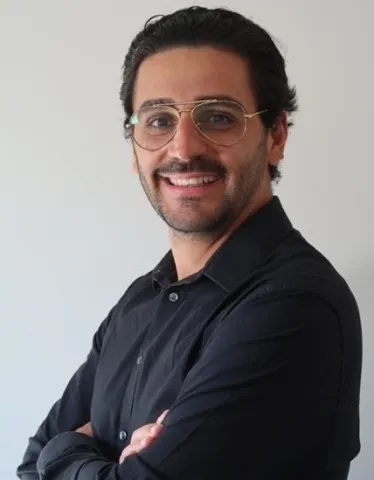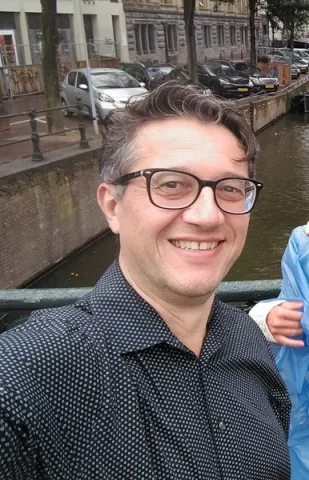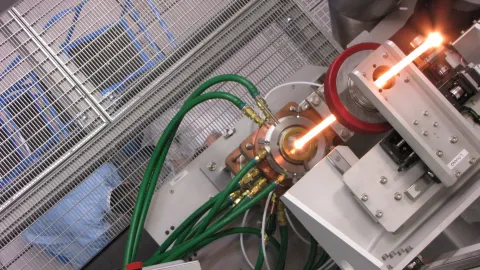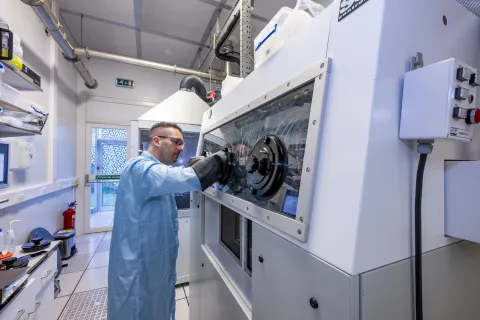Optical Fibre Sensors and Devices
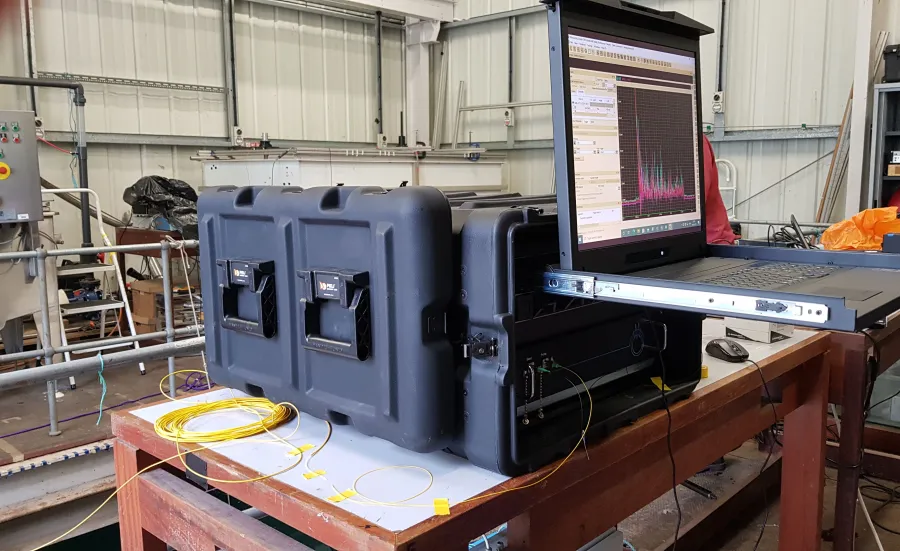
Our group develops a variety of innovative optical fibre devices and sensors. We go from the study of fundamental physics to the development of ruggedised portable units which include electronics/data analysis and are field deployable.

